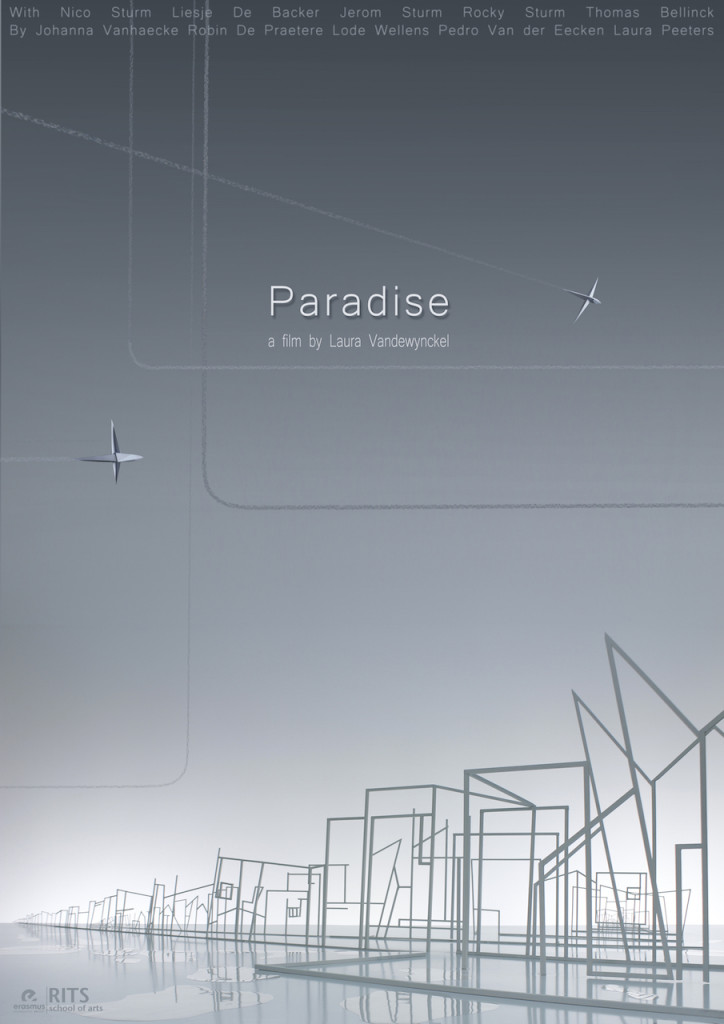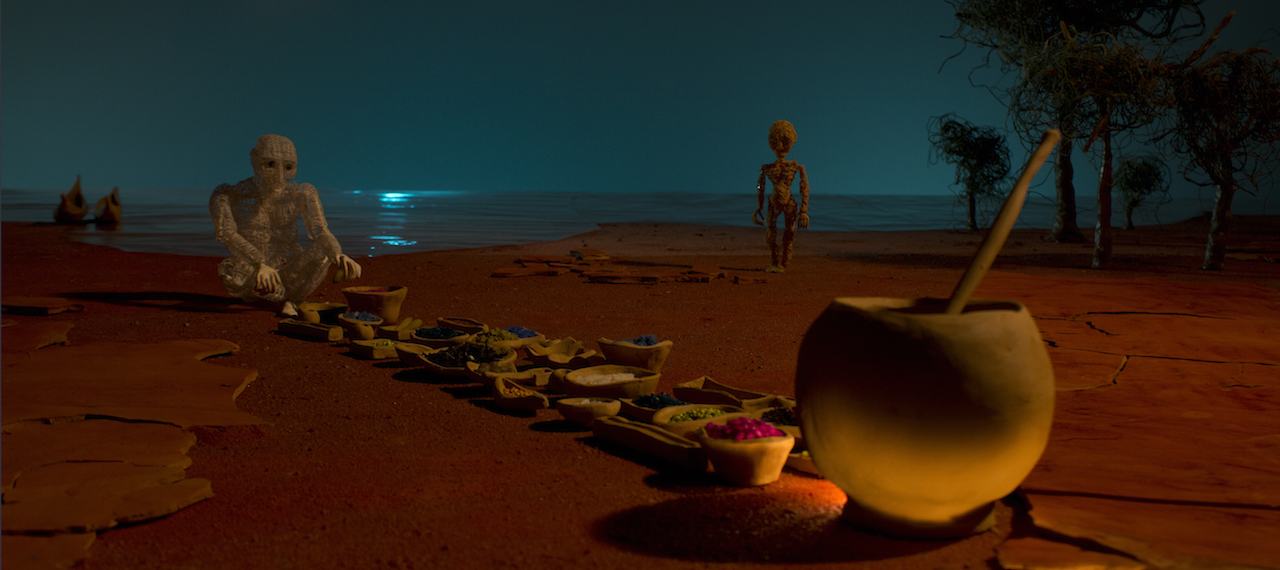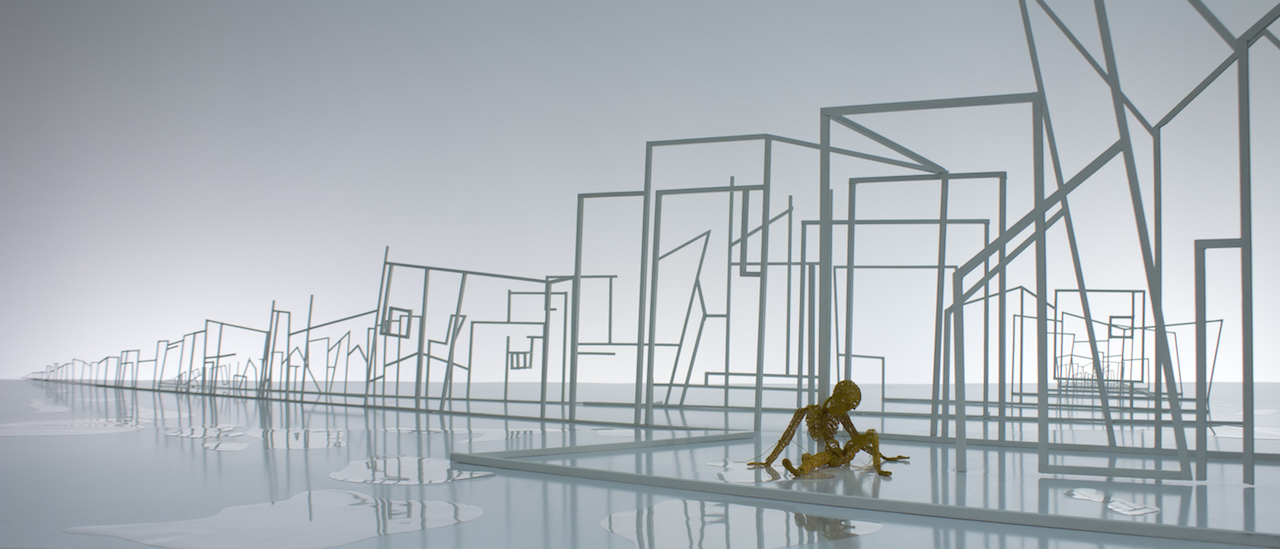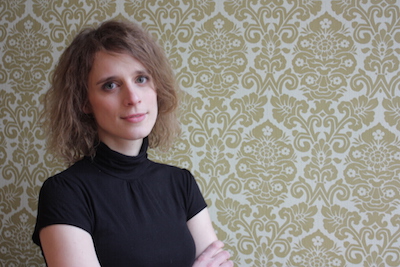Director Laura Vandewynckel
Cinéfondation, Festival de Cannes 2015
“Het Paradijs is about the concept of paradise. For us Westerners, paradise is a third world where the sky is blue, the sun is shining, and the weather is warm. But for the people who live there, paradise is actually the western world, where there is welfare, work, and good living. Therefore the main issue in the film is the double interpretation of the word paradise.”- director, Laura Vandewynckel

GFM:
In Het Paradijs you are confronting the issue of the exploitation of indigenous people by western travelers and society, is that correct?
Laura:
Yes, and it’s also about hospitality. When we are travelling, we impose upon indigenous people and expect them to be our hosts. But they did not ask for this; we just expect them to receive us warmly and treat us to an unforgettable journey. However, on the opposite side, how hospitable are we? There’s something very strange about the fact that we refer to people who go live in another country as expats. But we refer to people who come here to live and to work as immigrants. There’s something in the language that is completely biased. I find it very interesting, and it definitely evokes some serious ethical questions.
GFM:
Your animation style is very unique. What inspired you to use puppets?
Laura:
I went to Indonesia and I was extremely intrigued by the local shadow puppet plays, referred to as Wayang. They are puppets on sticks made from buffalo skin, which has a very beautiful translucency. The puppets are put in front of light, which gives them a luminosity and extraordinary play with the light. I truly loved it so I thought I would translate this 2D Wayang form into a 3D spatial form.

GFM:
Can you discuss your animation process?
Laura:
I wanted to create puppets comparable in form and translucency to Indonesian Wayang Kulit. I experimented with beeswax and other transparent materials. In a Christmas market I ran into hollow lamp balls made of cotton threads. Those were really nice because the light comes through the tiny holes in the cotton. I wanted to apply this technique to my puppets, which have of course more complex shapes than these Christmas balls. To begin I made clay puppets as moulds. I dipped the threads in textile hardener and draped them on the clay mould, thread by thread, limb by limb. After the threads had hardened, I used a drill to get the moulds out, and what was left was the hollow cotton thread figures. Iron armatures inside kept the fragile thread limbs together and enabled the puppets being animated.
The wax wasn’t really the best idea because it was very hot in my studio; my gaffer used very strong lights. Despite the fact that the wax started to melt –a lot of swearing as a consequence – it added to the effect of an exotic atmosphere and helped me empathize with my heat beaten characters / project myself in the film.
Our school, The Rits School of Arts in Brussels, has a lot of different audiovisual departments, so it was nice to be able to collaborate with Johanna Vanhaecke who did the lighting, and Robin De Praetere who did the editing, and Lode Wellens who designed the sound. You really get the best of all worlds coming together, which was a nice experience.
The idea is that collaboration enriches the film to a large extent. You can never do alone what you achieve in team.

GFM:
What does being accepted into the Cannes Cinefondation competition mean to you, and what will you be working on next?
Laura:
Being accepted into Cannes was the last thing I expected. It’s almost something you had better not dream of – to me, it was an impossible idea. When I received the invitation, I think it took me about a month to actually believe it! It started to sink in once it was made public. I see it as a big opportunity to know how the film business works, and of course it’s great to be able to meet other directors and other students with films in competition. It’s a huge opportunity.
Next, I received a Wild Card Animation from the Flanders Audiovisual Fund. This beautiful prize is established by VAF to give graduates a boost in their film career. You receive a lot of money in order to make a new short. With the help of this money, I would love to make an animated documentary, which is very ambitious, but I really like experimenting and researching how we can put very complex themes into animation, using images to tell a complicated story.
